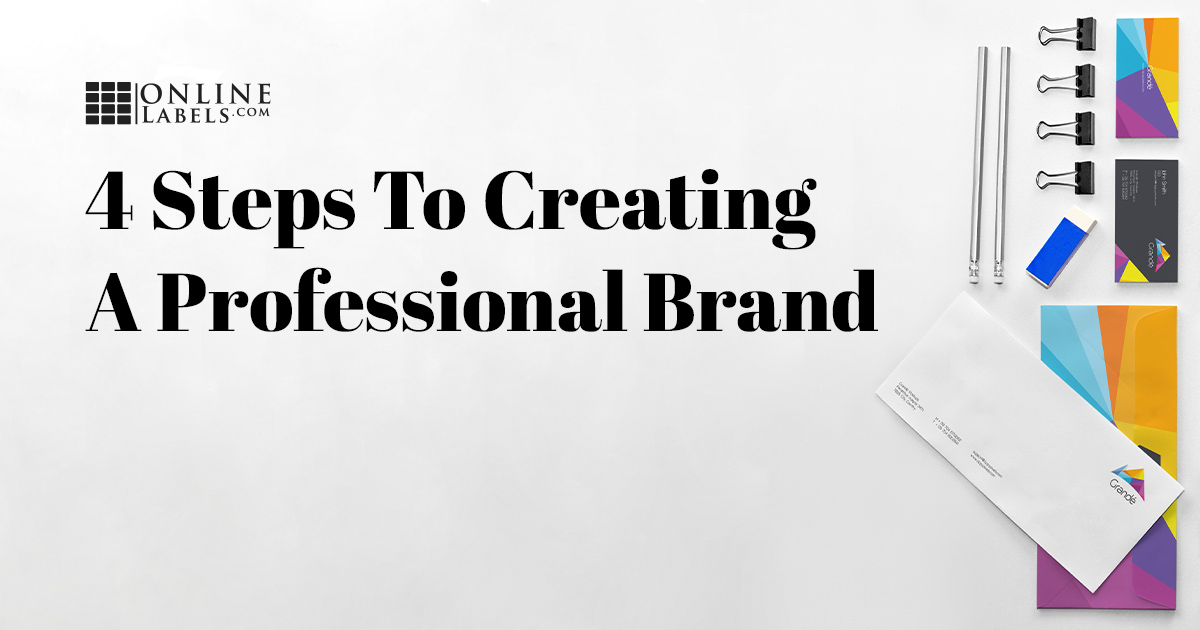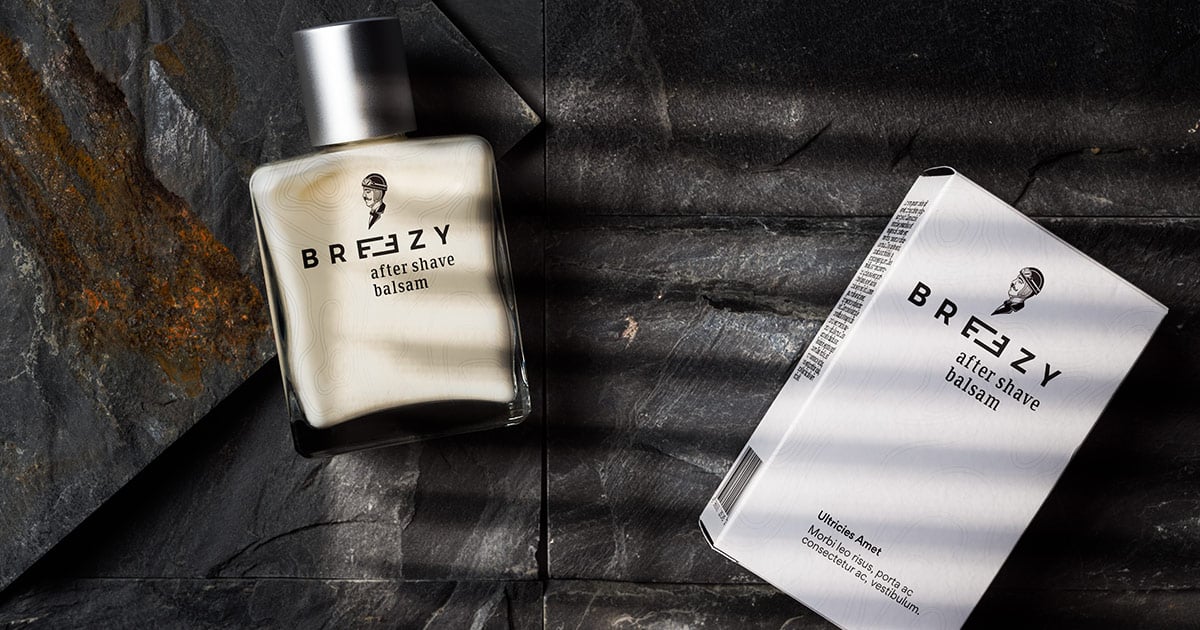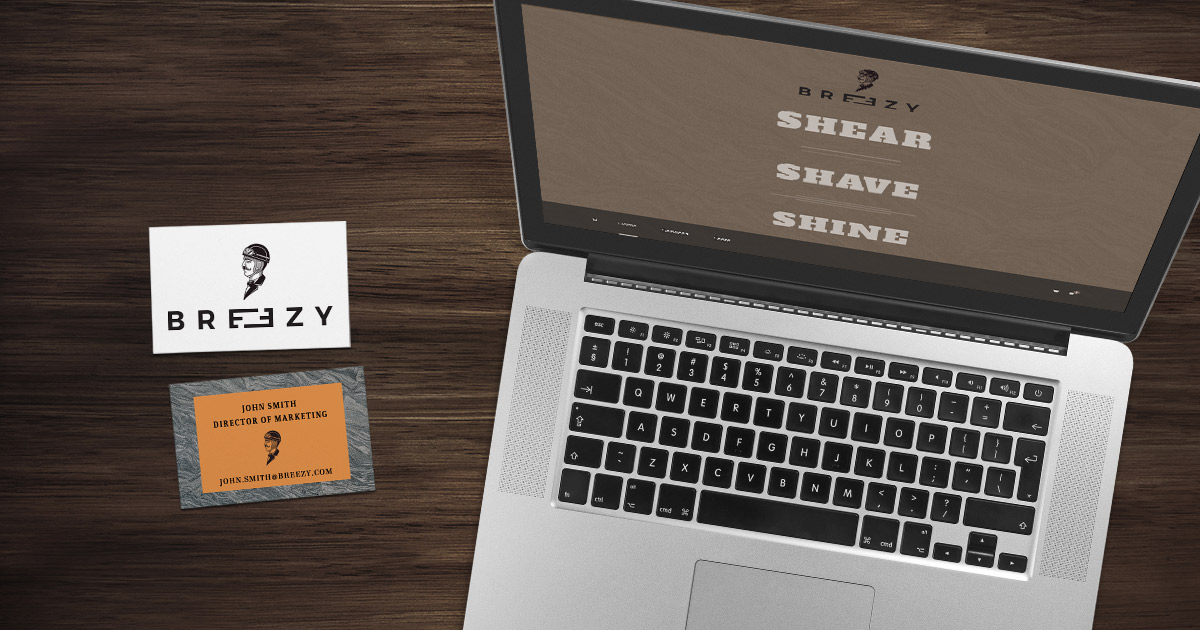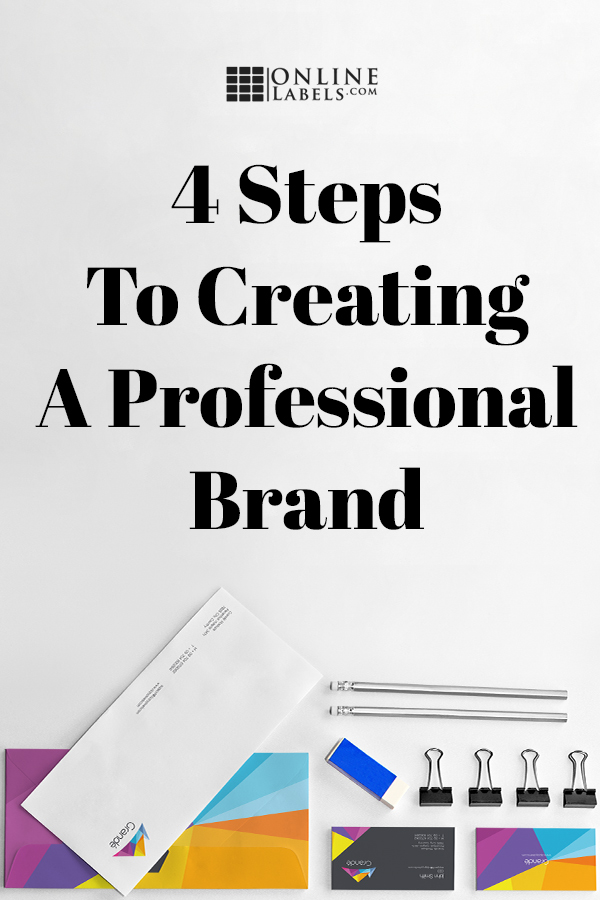How To Make Your Small Business Look & Feel Professional

Part of making a sale is looking legitimate enough to deserve it. In this 4-step guide, we'll walk you through how to create a professional, relatable brand – from writing a brand message to promoting your business on social media.
1. Create An Impactful Brand Message
Perhaps you pride yourself on using only sustainably sourced materials, or maybe you donate a percentage of all sales to a charitable cause. Whatever your story is, share it. Developing a strong brand message is essential for driving interest to your product or service. Knowing what your company stands for will attract shoppers and remind customers why they love your company.
The first step is to identify what makes your business different. Ask yourself: What is it about your business (not just its products/services) that draws customers to you vs. the competition?
Once you have your answer, pinpoint your ideal customer base.
2. Identify Your Audience

Who will appreciate the story behind your brand and products? Coming up with the answer to that question will help you develop an ideal customer profile (ICP).
An ICP is a categorical description of your ideal customer. This ideal customer is the one who would benefit from your product or service and provide additional value to your business in return (like reviews, referrals, and repeat business). Consider it a customer profile.
You can have multiple profiles, too, there's no one customer for every product. Consider a skincare brand – one woman may want something with clean ingredients for her family whereas a man may want products for his sensitive skin. Both of those ICPs will help you build a well-rounded business.
3. Design Your Brand

Create a logo with the name of your company that matches the style you envision. You can either hire a designer, create it yourself, or use a free program like FreeLogoDesign.org.
In the same breath, nail down other related choices like colors, fonts, and more. As you make these decisions start writing them down in what will become your brand's style guide. This guide will keep you "on brand" as you grow your business.
Here are a few things to keep in mind while developing the look and feel of your business:
Color
The use of color evokes emotion and implies feelings on the perception of your brand (learn more about color psychology). If you've already developed a logo, pick one of the colors to be your primary brand color. Then, create a family for it by choosing another two or three complimentary colors. A great resource for this is Adobe Color.
Once you build your color palette, specify how each color is and isn't allowed to be used. Perhaps Color A should only be used for backgrounds while Colors B and C can be used for text.
Font
A style guide typically consists of typefaces and font sizes for three types of text: headings, subheadings, and body copy. You can mix-and-match font types or choose from the same font family – it really all depends on your style, business type, and brand personality.
Consider how font plays into product labeling while making this decision.
Style
Have you ever paid attention to the aesthetics of a good Instagram page or Etsy shop? Study the details and decide what makes sense for your brand.
- Will you show the products alone or in a lifestyle setting?
- What filters match the feel of your brand and which should you stay away from?
- Do you like bright, blown-out lighting or dark and moody?
- Should you incorporate your brand colors into every shot? IE using them subtly, like as the background or tablecloth color.
- Do you want your photos to be up close or far away?
Browse through your competitors or brands in other industries to see what you do and don't like. Much later in the process when you're ready to start taking photos, check out our product photography guide.
Miscellaneous
The list of branding guidelines can be as simple or detailed as you want. Some companies include the minimum size for the logo, details on letter spacing, rules about referencing the company name, and more.
4. Start Marketing

Once you've nailed down the logistics behind your brand, time to put pen to paper. Take your newly structured brand and create the following assets:
- Website or storefront. This is imperative for budding brands. Explore all your options for taking your business online.
- Business cards. These are great for networking across town and handing out at farmer's markets. Be sure to include your company logo, social media handles, website, etc.
- Product labels. These should coincide with your overall brand look, especially since this is what customers will take home with them. Learn more about product label design.
- Email blasts. Get people to sign-up for big announcements, product launches, and more. You want them to feel connected to your brand, not to mention that emails often serve as order reminders.
- Social media assets. Social media is another way to stay top-of-mind among your friends and customers. Post regularly so you show up in their newsfeeds, promoting your products and business.
With the little guidance above, you can create an awesome brand that people will love. Doing it early on in the process will help keep your brand on track and organized as your business grows.
For more helpful small business tips, visit our content library.



